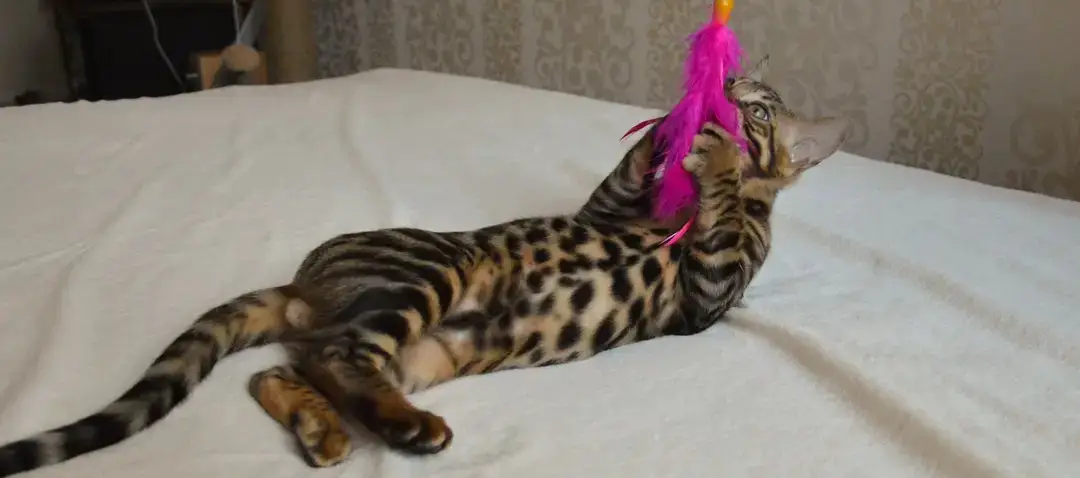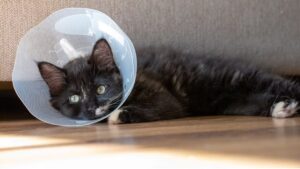As a big fan of cats, I’ve taken my time to ask my friends who recently brought in new cats, so I am here to discuss the common signs your new cat is adjusting to your home.
Keep in mind that this post is based on my interactions with cat owners who actually have brought in new cats and observed their new cat behaviors.
That being said, in this post, I’ll discuss some of the most common signs your new cat is adjusting to your home, so keep reading…
Signs Your New Cat is Adjusting
Based on my personal experience with cats and the information I gathered online, here are some of the clear signs your new cat is adjusting to your home:
1. Your new cat begins to venture out of the hiding spot to explore the house
When you bring a new cat into your home, it’s natural for them to feel a bit overwhelmed and seek out a safe hiding spot.
However, as they start to adjust to your home, you’ll notice them becoming more curious and adventurous.
From my experience with my cat ”Max,” I can tell you that one of the major signs that your cat is getting comfortable is when they start venturing out of their hiding spot to explore the rest of the house.
They might cautiously peek around corners, investigate different rooms, or even climb on furniture to get a better view of their surroundings.
This shows that they are gaining confidence and feeling more secure in their new environment.
2. Your new cat starts using the litter box appropriately and consistently
Proper litter box usage in my opinion is an important indicator that your new cat is adjusting well to your home.
Initially, your new cat should be unsure about where to go or feel hesitant to use the litter box.
However, as they start to settle in, you’ll notice that they are consistently using it for their bathroom needs.
They may scratch the litter, dig a hole, and cover their waste, which are all positive signs.
Suppose your cat is using the litter box without any accidents or marking behavior.
In that case, it’s a clear indication that they feel comfortable and have accepted it as their designated bathroom area.
3. Your new cat starts playing with toys around the house
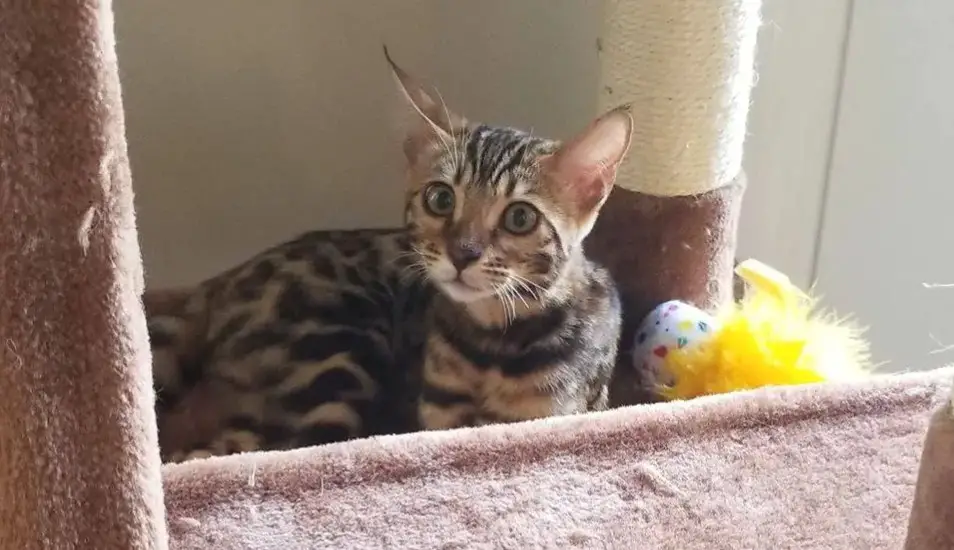
Based on the information I gathered from my friends, playfulness is a significant sign that your new cat is adjusting and feeling content in their new environment.
As they become more comfortable, they may start exploring toys that are scattered around the house.
They might bat at a toy mouse, chase a feather wand, or pounce on a ball.
Play is an essential part of a cat’s behavior, and engaging in playtime indicates that they are feeling secure and happy.
Encourage their playfulness by providing a variety of toys and spending quality interactive playtime with them.
4. Your new cat is exhibiting calm and relaxed behavior
When a new cat feels at ease in their surroundings, their behavior will reflect that.
If your new cat is exhibiting calm and relaxed behavior, it’s a positive sign that they are adjusting well to your home.
They may lounge comfortably, stretch out, or even curl up for a nap in a visible and open area of the house.
Cats are known for their ability to find cozy spots, so if they are choosing to relax in plain sight, it means they feel safe and secure.
Additionally, a content cat will have a relaxed posture, with their tail held low and their ears in a neutral position.
5. Your new cat begins showing interest in playing
When your new cat becomes interested in playing, it’s one of the cutest indicators that they’re settling into their new home.
Being inherently inquisitive, cats may start playing with you or other family pets once they feel more at ease.
They may jump on a toy, chase a thread, or even just swat your fingers around in a fun manner.
This enthusiasm to play is a sign that they are comfortable with you and are starting to form a relationship.
Offer a range of interactive toys and spend time playing with them to encourage this tendency.
6. Your new cat starts grooming themselves normally
Cats are quite particular about how they groom themselves, and this may tell us a lot about how comfortable and happy they are.
Upon first moving into their new home, a new cat may experience some anxiety or uncertainty, which might lead them to skip their grooming regimen.
But as they become more comfortable and accustomed to their surroundings, you’ll see that they are grooming themselves more frequently and completely.
They could take their time grooming and cleaning their fur by licking it. This self-care practice indicates that they are comfortable and safe in their new surroundings.
7. Your new cat starts using positive vocalizations
A cat’s vocalizations play an essential part in their communication, and as your new pet settles in, they could begin to use happy sounds like meows or purrs to convey their happiness.
Meowing can be a means of expressing their wants or requesting attention, whereas purring is usually connected to contentment and relaxation.
Your cat is clearly feeling at ease and beginning to trust you and your surroundings if they begin to meow for attention or purr when you pet them.
8. Your new cat is using scratching posts
Cats are naturally inclined to scratch because it helps them keep their claws and stretch their muscles.
A clue that a new cat is settling into your house well is when they begin to use scratching posts and not your furniture.
You should make sure they aren’t resorting to scratching furniture or other unwanted surfaces by giving them suitable scratching posts or boards and watching them use them.
The fact that they utilize scratching posts shows that they are adjusting to their assigned scratching places and feel safe enough to partake in their normal activity.
9. Your new cat begins accepting touch and affection from you
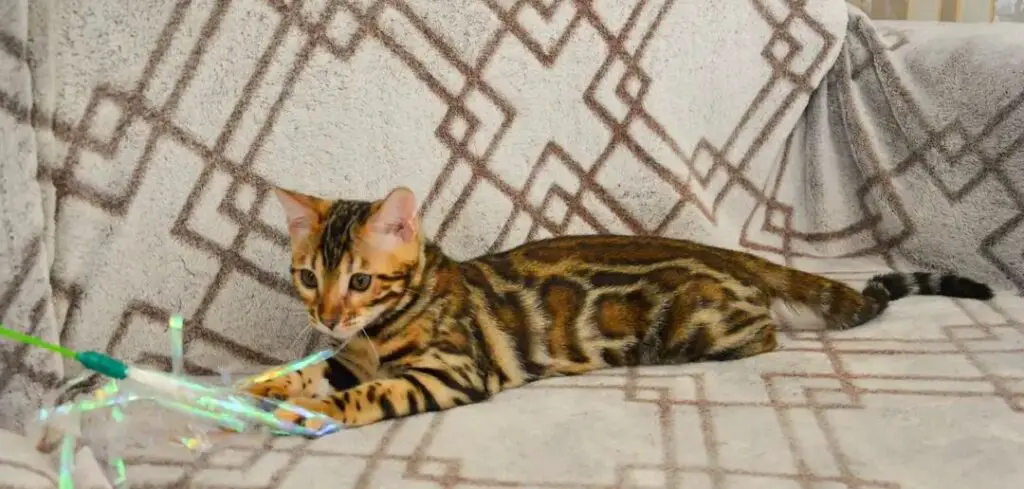
Based on my experience with Max when I brought him in, I can tell you that one of the most heartwarming signs that your new cat is adjusting to their new home is when they start accepting touch and affection from you.
Cats are known for their independent nature, so when they start seeking out your attention, it’s a positive indication that they are forming a bond with you.
You will notice them rubbing against your legs, purring when you pet them, or even curling up in your lap for some quality cuddle time.
These actions show that they trust you and feel comfortable in your presence.
It’s important to respect their boundaries and let them approach you on their own terms, building a strong foundation of trust and affection.
10. Your new cat starts eating and drinking normally
Proper eating and drinking habits are key indicators that your new cat is adjusting well to their new home.
Initially, they may feel a bit hesitant or stressed, leading to a decreased appetite. However, as they settle in, you’ll notice them start to eat and drink normally.
They may eagerly approach their food and water bowls, eat without hesitation, and drink a sufficient amount of water.
A healthy appetite signifies that they feel secure and at ease in their new environment.
It’s important to provide them with a balanced and appropriate diet to support their overall well-being.
11. Your new cat starts sleeping in open areas
Most cats are notorious for finding cozy hiding spots to rest and relax, especially when they are adjusting to a new environment.
However, as your new cat becomes more comfortable, you’ll notice them starting to sleep in open areas of your home.
They may choose to nap in a sunny spot by the window, stretch out on the living room couch, or even curl up on a soft blanket in plain sight.
This behavior indicates that they feel safe and secure in their surroundings.
By choosing to sleep in open areas, they are showing trust and a sense of belonging.
You should ensure they have comfortable sleeping spots available throughout the house to support their relaxation and contentment.
When I brought in my cat, “Max,” he started sleeping on the couch and countertops after adjusting, so I believe this is a sign your new cat is adjusting.
Related: Why your new cat is hiding and not eating.
How to help a new cat adjust to a new home
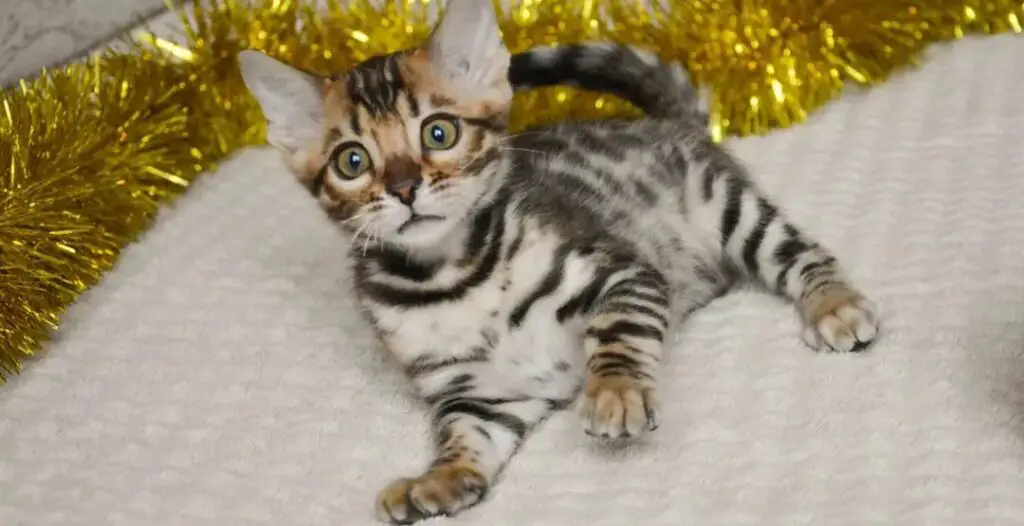
To help your new cat adjust to their new surroundings, there are a few things you can do.
Firstly, create a safe and comfortable space for your cat, with a cozy bed, litter box, and scratching post.
Secondly, introduce your cat to the new environment slowly, starting with a small area and gradually giving them access to the whole house.
Thirdly, provide plenty of playtime and interactive toys to keep your cat mentally stimulated.
Fourthly, establish a routine for feeding, playtime, and grooming to help your cat feel secure.
Lastly, give your cat time and patience to adjust – every cat is unique, so they may need some extra time to settle in.
Related: Helping a new cat adjust.
Final Thoughts
In summary, when your new cat starts confidently exploring its surroundings, purring contently in your presence, and playfully swatting at toys, these are all positive signs that your cat is adjusting well to their new home.
Remember to provide a safe and comfortable environment, offer plenty of love and attention, and give them time to settle in.
Before you know it, your new cat will be an integral part of your family, bringing joy and companionship for years to come.

